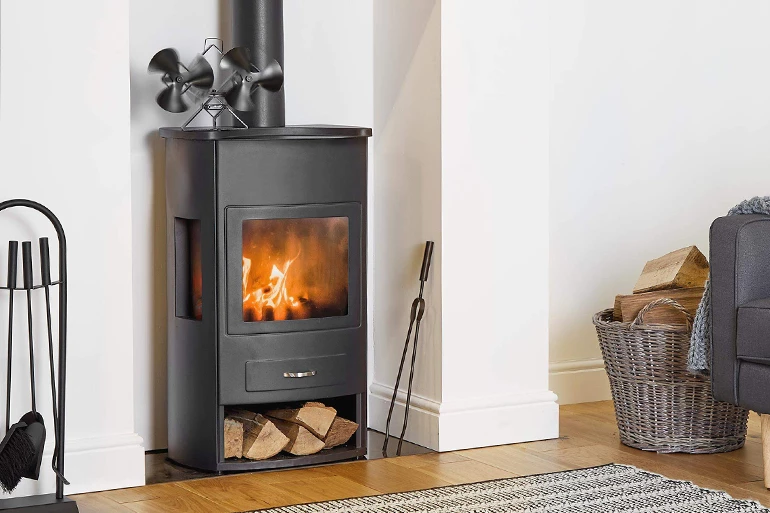How To Circulate Heat From A Wood Stove
Wood burning stoves produce more heat than most fireplaces. A person who buys a wood stove typically buys it for more than looks and expects high heat output. While you won't be disappointed with the amount of heat a wood stove can put off, problems may arise if the heat isn't circulating as well as it should. When this happens, a high-functioning stove can appear to be low quality or ineffective.
-

- Wood Stove
If you know your stove isn't having operational problems, this article is a great tool to learn how to circulate the heat from your wood stove effectively. Learning to do this will ensure you get all the that you can out of your stove and fill your home with comforting warmth all winter.

